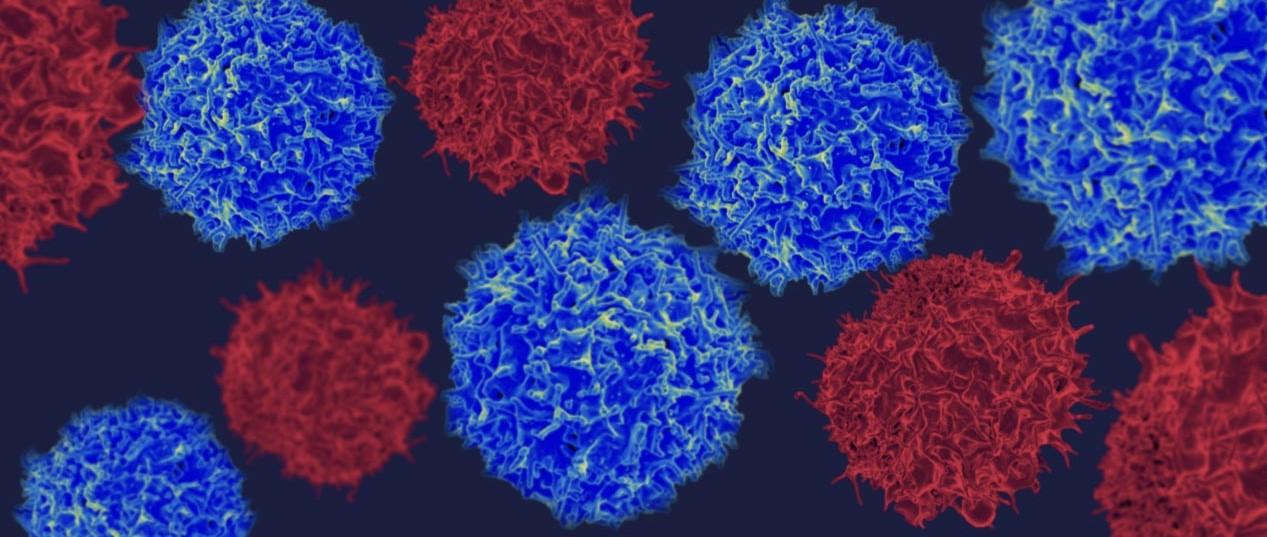Indeed, measles is a disease with a very specific character, and it still infects and kills children across the world. Indeed, Victoria had an outbreak earlier in the year. And a study presented in October suggested that one of the most feared later complications of measles is actually more common than we knew, and while it’s still rare, it reminds us of the urgency of protecting young children.
“To our surprise, it was higher than generally recognised,” said Dr James D. Cherry, one of the authors of the study, and a distinguished research professor in paediatric infectious diseases at the University of California, Los Angeles.
When they extrapolated out from the relationship between the cases of measles and the cases of SSPE, they found that for children younger than one year, the rate was 1 in 600. To doctors, that no longer seems like a rare event – you would get one such case for every 600 young children who got measles. Though thanks to vaccines, in most years there are far fewer than 600 measles cases in the United States. This year, the US Centres for Disease Control and Prevention recorded only 62 as of November 5.
But it is still something to worry about for a disease that, without vaccination, infects whole populations. The complications start an average of eight years after the infection. “Nobody would connect it with measles,” Cherry said.
SSPE begins with symptoms like poor performance in school and subtle behavioural changes, Cherry said, and then progresses over the course of months to seizures. And then the children deteriorate further: “They lose a lot of other functions, and then they end up needing tube feeding and in a vegetative state.”
Measles also causes a form of encephalitis in some children at the time of infection, and it can harm and kill children in other ways.
Measles encephalitis is what killed Olivia, the seven-year-old daughter of the writer Roald Dahl, in 1962, before the vaccine was available; he wrote a passionate letter to other parents two decades later, imploring them to get their children immunised.
Those children who do die from measles are often killed by other infections, especially pneumonia. Measles was “the first immunosuppressive virus described, long before HIV,” said Dr William J. Moss, deputy director of the International Vaccine Access Centre and a professor of epidemiology at Johns Hopkins Bloomberg School of Public Health. Epidemiologists have attributed any non-traumatic death in the first 30 days after measles to the disease, he said, but more recent evidence suggests that the risk period may be longer than that.
The virus is so contagious because it can spread through airborne transmission, but also because the viral particles stay in the air or on surfaces for a long time. If you are not immunised (as children younger than one year are not) or if you had only one dose and you are in the five per cent of people who don’t respond to that first dose, you can get infected by being on the bus, or in the paediatrician’s waiting room, even after the sick person has left.
“Two of the most contagious viral infections are smallpox and measles,” said Dr Anne Gershon, director of the division of paediatric infectious diseases at Columbia.
Before they develop that characteristic measles rash, children have high fever and respiratory symptoms, and they are therefore at their most infectious before the disease has been identified. “In the early stages of the disease there’s a lot of coughing, runny eyes and nose, but you don’t think of isolating somebody till the rash comes out and after that they’re gradually less contagious,” Gershon said.
Dr Matt Zahn, medical director for epidemiology for the Orange County Health Care Agency, oversaw the public health response in Orange County to the Disneyland measles outbreak that began in December 2014. He also took care of kids who were sick in the hospital.
“The fever is high, there’s a lot of nasal congestion and cough, these kids are miserable, they feel rotten,” he said. “A kid with measles is not a smiling child who has a mild rash.”
The anti-vaccine movement has been known to cite sitcom episodes as evidence that measles wasn’t a serious disease; sure, the Brady Bunch kids got red spots. In fact, the measles rash is startling, with red patches that tend to merge as they cover the skin.
The first dose of measles vaccine, which we give at 12 months, leaves 95 per cent of children immune, but that’s not enough for effective herd immunity with a disease this contagious. That’s the reason for the second dose of vaccine, which is now given at four years old, but may be moved up.
We passed a kind of milestone last September when the Americas were declared officially free of endemic measles cases, an epidemiologic honour meaning that the only cases seen in this hemisphere since 2002 were from imported virus. But it’s a fragile victory, as everyone who works with infectious diseases continues to worry, since the disease is still around in many other parts of the world, and people travel back and forth, and there is a significant population of unprotected young children in this country, largely thanks to parental anxiety about vaccination. Even more worrisome, according to some experts, is the population of children whose parents refused the vaccine a couple of decades ago; measles can be a bad disease in children, but it can be even more dangerous in young adults.
Zahn said of the California outbreak: “What contained this virus in this event was that while we have relatively lower immunisation rates in some paediatric populations in our community, our adult immunisation rates were high, well over 95 per cent.”
Unvaccinated children might get sick, but the virus had no place to go in their families because the adult population had grown up in an era when everyone got vaccinated. If there’s another outbreak some years down the line, we may have many more unvaccinated adults. “It won’t affect how you start the fire, but how long that fire burns in the community may be very different,” he said.




